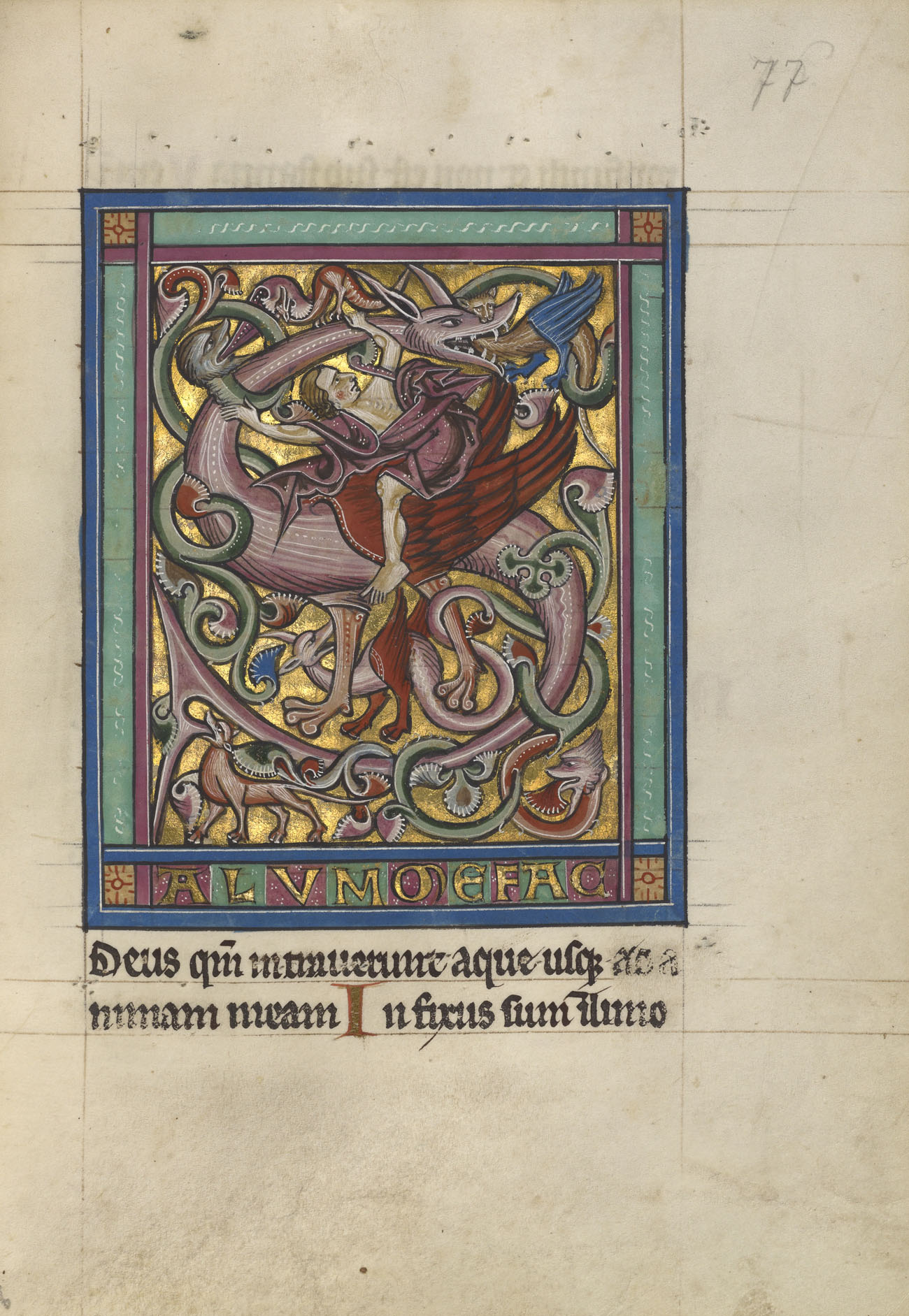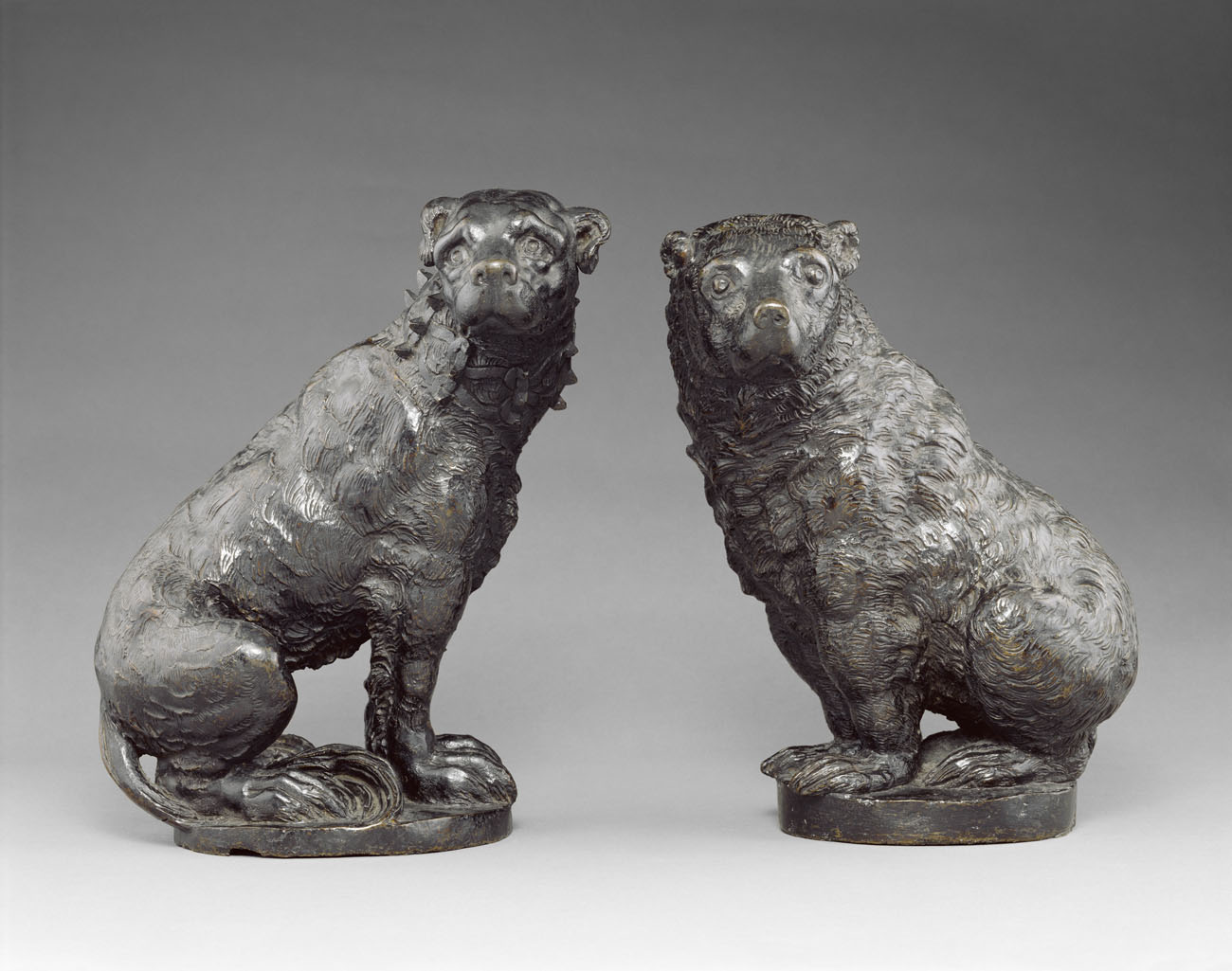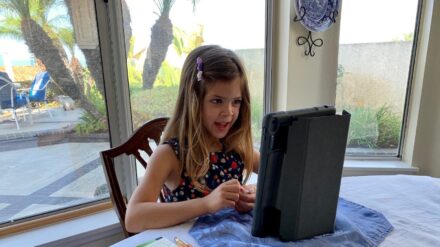My journey as a poet and haiku master began in grade school, in 7th grade to be exact. My English teacher, Ms. Knight, introduced me to a form of expression that I would continue to use in my everyday life for years afterwards. Although thought of as intimidating and hard, poetry is actually freeing, because there are very few rules associated with certain poetic forms.
Haiku are the perfect example of this. A haiku is a type of Japanese poetry that is traditionally inspired by nature but can be about a variety of topics. In order to create one of these charming little poems in English, writers usually follow the syllable format. The first line has 5 syllables, the next 7 syllables, and the third 5 syllables. Follow those guidelines and viola—you have taken the first step to becoming a haiku master.
The haiku in this blog all highlight a different element of art, such as line, shape, form, space, color, and texture, using artwork of creatures both real and mythological. You can learn more about the elements of art through this link and from our formal analysis resources.
Line
A line is a mark that has greater length than width.

A Wolf and Two Doves, about 1610–20, Sinibaldo Scorza. Pen and brown ink over black chalk, 9 1/2 x 7 1/4 in. The J. Paul Getty Museum, 96.GB.313
Short, long, thick and thin
Lines drawn with brown ink and pen
Form a wolf and doves
Shape and Form
Shape is a flat, closed line that can show length and width. Forms are three-dimensional shapes that show length, width, and depth.

Heraldic Panel with the Arms of the Eberler Family, about 1490, unknown, Swiss. 17 5/16 x 12 3/16 x 3/8 in. The J. Paul Getty Museum, 2003.47
Geometric shapes
And organic forms create
This beastly soirée

Praesillus; A Hairy Woman of the Island of Gorgade; A Scorpion; fourth quarter of 13th century (after 1277); unknown, Franco-Flemish. Tempera colors, pen and ink, gold leaf, and gold paint on parchment; leaf: 9 3/16 x 6 7/16 in. The J. Paul Getty Museum, Ms. Ludwig XV 4, fol. 119v
A bestiary
Built upon a scorpion
With a shapely form

Stag Beetle, 1505, Albrecht Dürer. Watercolor and gouache; upper left corner of paper added, with tip of left antenna painted in by a later hand; 5 9/16 x 4 1/2 in. The J. Paul Getty Museum, 83.GC.214
A lone beetle bug
Made of several forms, not shapes
Having depth and space

Kicking Horse, about 1584/1585–1674, Caspar Gras. Bronze, 13 1/2 in. The J. Paul Getty Museum, 85.SB.72
Depth matching strength
Two front legs support its weight
Its face full of rage
Space
Space is the area between and around objects.

Sour Orange, Terrestrial Mollusk, and Larkspur; 1561–62, illumination added 1591–96; Joris Hoefnagel and Georg Bocskay. Watercolors, gold and silver paint, and ink on parchment; 6 9/16 x 4 7/8 in. The J. Paul Getty Museum, Ms. 20, fol. 33
The antennae form
A space that’s triangular
Against the flowers
Color
Color is light reflected off objects.

The Calydonian Boar Hunt, about 1611–12, Peter Paul Rubens. Oil on panel, 23 5/16 x 35 5/16 in. The J. Paul Getty Museum, 2006.4
Animals in fright
Majestic colors in sight
Intensity bright

Initial S: A Griffin and Rider, about 1240–50, unknown, German. Tempera colors, gold leaf, and silver leaf on parchment; leaf: 8 15/16 x 6 3/16 in. The J. Paul Getty Museum, Ms. Ludwig VIII 2, fol. 76
Secondary hues
Swirled with primary colors
Highlight this battle

Polyptych with Coronation of the Virgin and Saints, about 1390s, Cenni di Francsco di Ser Cenni. Tempera and gold leaf on panel, 140 x 94 1/8 in. The J. Paul Getty Museum, 71.PB.31
Winged monsters with clubs
Made of dull and bright colors
All menacing shades
Texture
Texture is the surface quality that can be seen or felt.

Dog and Bear, about 1600, unknown, Italian. Bronze; left: 12 x 8 5/8 x 7 7/8 in., right: 11 5/8 x 8 7/8 x 9 1/2 in. The J. Paul Getty Museum, 86.SB.5
Thickness separates
The textures of fur and hair
Between dog and bear

Carved Relief, 1789, Aubert-Henri-Joseph Parent. Limewood, 27 3/8 x 18 7/8 x 2 3/8 in. The J. Paul Getty Museum, 84.SD.76
Carved so carefully
Textured animals emerge
Varied surfaces
Encourage Art Appreciation through Haiku!
Getting kids to be interested in poetry can be difficult. If you’re a teacher (or parent prepping for a museum visit), why not turn it into a game that everyone can enjoy?
After reviewing the samples in this post with your students, you can recreate the experience in your own classroom. Start by setting up a gallery walk in the classroom with pictures that represent different elements of art. Split your students into teams and set up a scavenger hunt, giving students a list of haiku based on the elements of art and challenging them to match the right haiku to the work of art. Spice up the lesson by adding incentives, prizes, rewards, and so on to winning teams—or all the participants— and have fun reviewing the different elements of art!





Inspirational! Fun ideas for engaging with art. I would love to see the students writing their own haikus as well.
Thank you for sharing.
Love this. It’s like a cute Cliff’s Notes version of Learn to Talk About Art 101. :thumbsup:
I love this idea and am already considering how to incorporate it into an art appreciation course I teach.
However, the poem under the Cenni altarpiece doesn’t seem to apply to that work. “Winged monsters with clubs / made of dull and bright colors / all menacing shades” doesn’t relate to the “Coronation of the Virgin with saints” at all. Was something lost in the editing process?
Hi Laura, Thank you so much for this comment. Good spotting! The winged monsters are quite hidden, but they are there if you zoom in on the panels at lower right. Thanks for reading and for pointing this out! —Annelisa / Iris editor
I love these!!
My Haiku:
A page filled with poems
The artwork becomes more known
Education grows